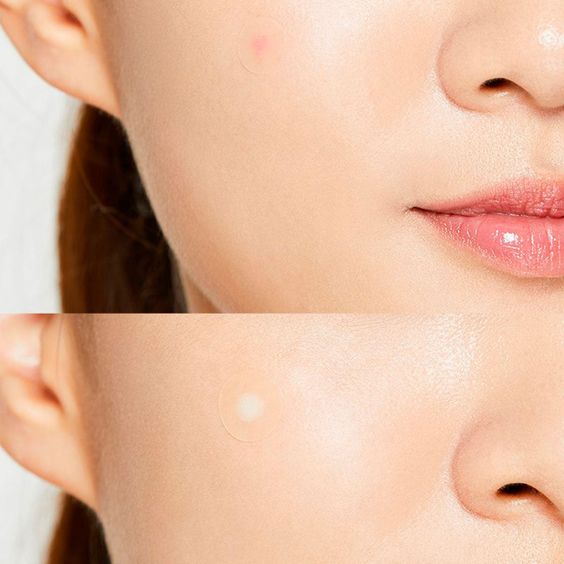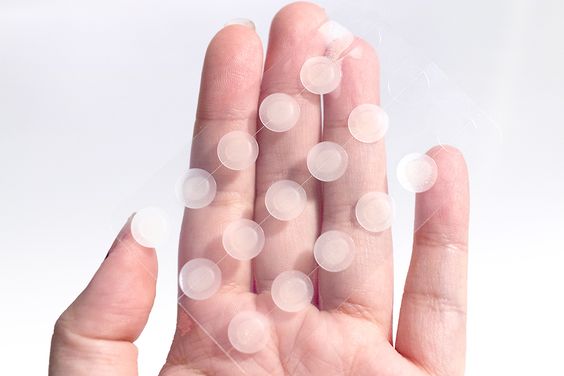I believe many people have this question. Today, I will take you to understand the principle of acne removal with acne patches. Let's follow me to take a look.

What are acne patches and what are their uses?
Acne patch, scientifically known as hydrocolloid dressing, is essentially a hydrophilic auxiliary material. Its main ingredients can fully absorb the exudate of acne while providing physical protection to prevent infection. The original intention of the design of the acne patch is to help deal with acne that has already formed, rather than to prevent the formation of acne. However, acne patches cannot directly remove acne. It mainly plays a sealing role. An acne patch is developed to avoid skin trauma caused by squeezing acne by hand. The pus in the acne is absorbed by the membrane cloth more cleanly and without residue than by squeezing acne by hand, thereby promoting tissue growth, accelerating the healing process, and reducing scar formation. This is why after using an acne patch, the acne looks deflated, but in fact, the tissue fluid is sucked out.
There are two main types of acne patches:
Acne patches with anti-acne ingredients: These patches contain antibacterial agents, salicylic acid, benzoyl peroxide, and other ingredients. These ingredients are more easily absorbed by the skin in a closed environment. However, when using them, you need to pay attention to whether your skin is tolerant or allergic, otherwise, it may aggravate skin problems.
Non-medicated acne patch: This is the mainstream acne patch. Its main function is to absorb tissue fluid and isolate pollution, but it cannot repair acne. If the acne wound is not cleaned, in a sealed environment, plus tissue fluid, it may make the acne problem worse.
How to use acne patches correctly?
Step 1: Clean your skin, treat acne, and do not use any skincare products/medicines near acne.
Step 2: Cut the acne patch and set it aside for later use;
Step 3: Find the right position and stick the acne patch on the acne;
Finally, have a good sleep.

Tips for removing acne:
1. Inappropriate situations: If the acne area still feels hard and is not fully mature, or if there is a large area of redness or the acne is hard, it is not suitable to use the acne patch.
2. Clean the wound: When using a non-medicated acne patch, make sure the wound is clean.
3. Use of skin care products: Do not apply lotions, creams, or other thick and nourishing skin care products on the area where the acne patch is applied, so as not to affect the sealing effect of the acne patch.
The main function of acne patches is to assist the recovery process of acne by absorbing excess tissue fluid and oil, protecting the damaged epidermis, and accelerating wound healing. However, it cannot directly remove acne, nor can it prevent the formation of acne. Correct usage and precautions can help maximize the effect of acne patches, but the final acne treatment still needs to be combined with personal skin quality and lifestyle habits, as well as the advice of professional dermatologists. Acne patches can be used as an auxiliary tool in the treatment of acne, but you should not overly rely on or expect it to bring miraculous results.
For more information on Innomed® Acne Plaster, Refer to the Previous Articles. If you have customized needs, you are welcome to contact us; You Wholeheartedly. At longterm medical, we transform this data by Innovating and Developing Products that Make Life easier for those who need loving care.
Editor: kiki Jia

 English
English عربى
عربى Español
Español русский
русский 中文简体
中文简体








